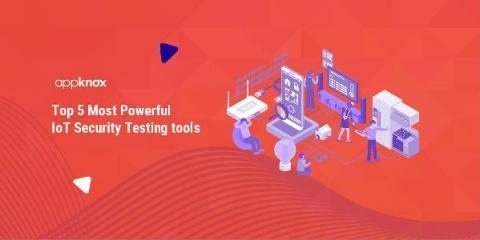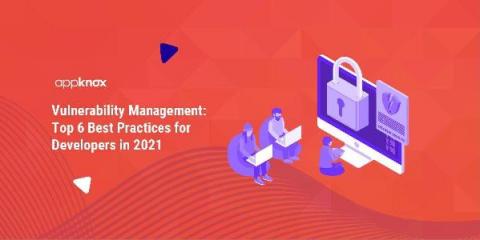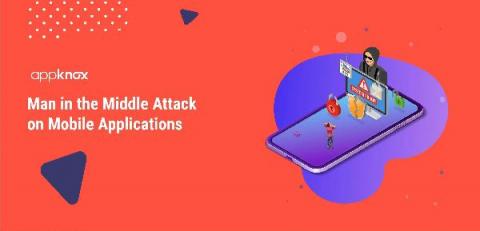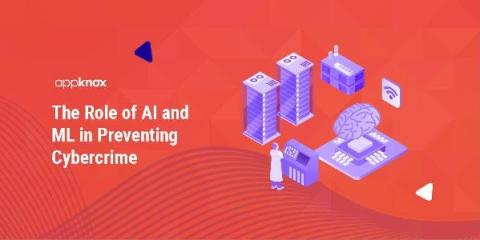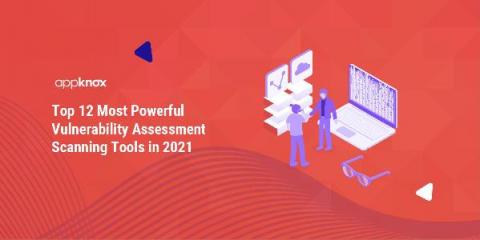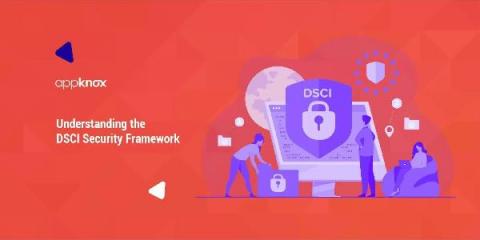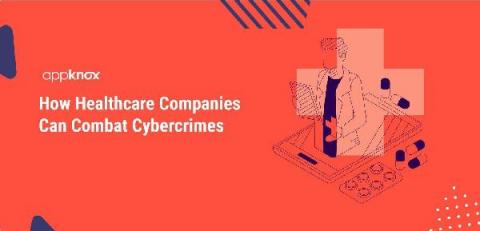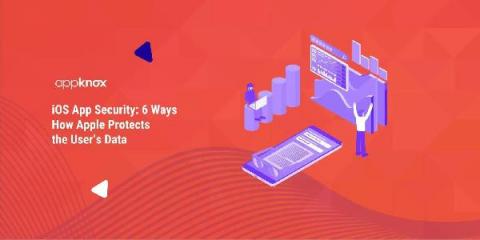Top 5 Most Powerful IoT Security Testing Tools
The network of interconnecting devices to exchange data popularly known as the Internet of Things is evolving rapidly in the fast-paced industry of technology. However, advancement in IoT has also taken a toll on security. IoT Systems strive to enhance productivity, efficiency, and flexibility but also invite uncalled risks to the network. IoT Security stands as the need of the hour for secure and holistic development.


